I sent an email to one of the pro bottle guys and hope to get a responce. I don't know much about it. Here is my expert evaluation..
-It's Blue
-8 3/4 inches high (approximate)
-I think it is BIM. The side seams run up the bottle and stop or fade away at the neck.
-The top or lip of the bottle seems to have been applied afterwards as a different piece.
- It has an almost very smooth base with a circular upward indentation. No manufacturer marks.
-It appears to have another seam running horizontally 1/3rd down from the top of the bottle.
Maybe it is not even a bottle, but it is #1 in my book.
-It's Blue
-8 3/4 inches high (approximate)
-I think it is BIM. The side seams run up the bottle and stop or fade away at the neck.
-The top or lip of the bottle seems to have been applied afterwards as a different piece.
- It has an almost very smooth base with a circular upward indentation. No manufacturer marks.
-It appears to have another seam running horizontally 1/3rd down from the top of the bottle.
Maybe it is not even a bottle, but it is #1 in my book.

Amazon Forum Fav 👍
Attachments
-
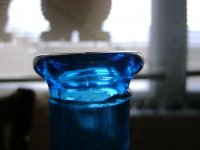 DSC01053.JPG48.9 KB · Views: 387
DSC01053.JPG48.9 KB · Views: 387 -
 DSC01058.JPG53.1 KB · Views: 387
DSC01058.JPG53.1 KB · Views: 387 -
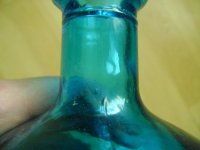 DSC01057.JPG50 KB · Views: 389
DSC01057.JPG50 KB · Views: 389 -
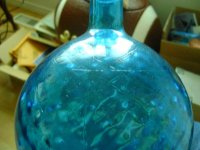 DSC01060.JPG60.8 KB · Views: 396
DSC01060.JPG60.8 KB · Views: 396 -
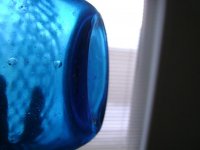 DSC01061.JPG53 KB · Views: 394
DSC01061.JPG53 KB · Views: 394 -
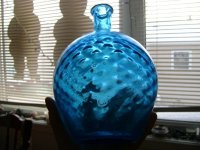 DSC01062.JPG71.5 KB · Views: 396
DSC01062.JPG71.5 KB · Views: 396 -
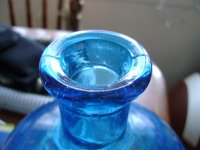 DSC01063.JPG59.4 KB · Views: 389
DSC01063.JPG59.4 KB · Views: 389 -
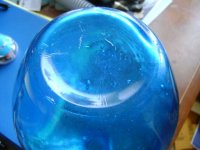 DSC01064.JPG62.3 KB · Views: 390
DSC01064.JPG62.3 KB · Views: 390 -
 DSC01065.JPG63.8 KB · Views: 386
DSC01065.JPG63.8 KB · Views: 386






